The boxing community faces a somber moment as 28-year-old Hiromasa Urakawa became the second fighter to perish following injuries sustained during an August 2 event at Tokyo’s Korakuen Hall. Urakawa passed away on August 9 after undergoing emergency brain surgery for injuries suffered in an eighth-round knockout loss to Yoji Saito.
His death came just one day after fellow competitor Shigetoshi Kotari, also 28, succumbed to brain trauma from his bout against Yamato Hata on the same card. Both athletes were hospitalized immediately after their fights under protocols enforced by the Japanese Boxing Commission (JBC).
In response to the tragedies, the JBC announced swift regulatory changes, reducing championship bouts from 12 to 10 rounds under its Oriental and Pacific Boxing Federation (OPBF) jurisdiction. “This measure aims to minimize prolonged exposure to head trauma,” a JBC spokesperson stated.
Urakawa, who held a career record of 10 wins (7 KOs) and 4 losses, and Kotari mark the second and third boxing fatalities globally in 2025. Irish fighter John Cooney, 28, died in February from a brain hemorrhage following a match in Dublin.
Promoters and medical experts have renewed calls for enhanced safety protocols, including stricter pre-fight screenings and real-time neurological monitoring. The August 2 event, initially celebrated for its competitive matchups, now stands as a grim reminder of the sport’s inherent risks.
As tributes pour in for the fallen athletes, the boxing world grapples with balancing tradition and athlete welfare. “These losses underscore the urgent need for innovation in protective measures,” said WBO representative Maria Torres.
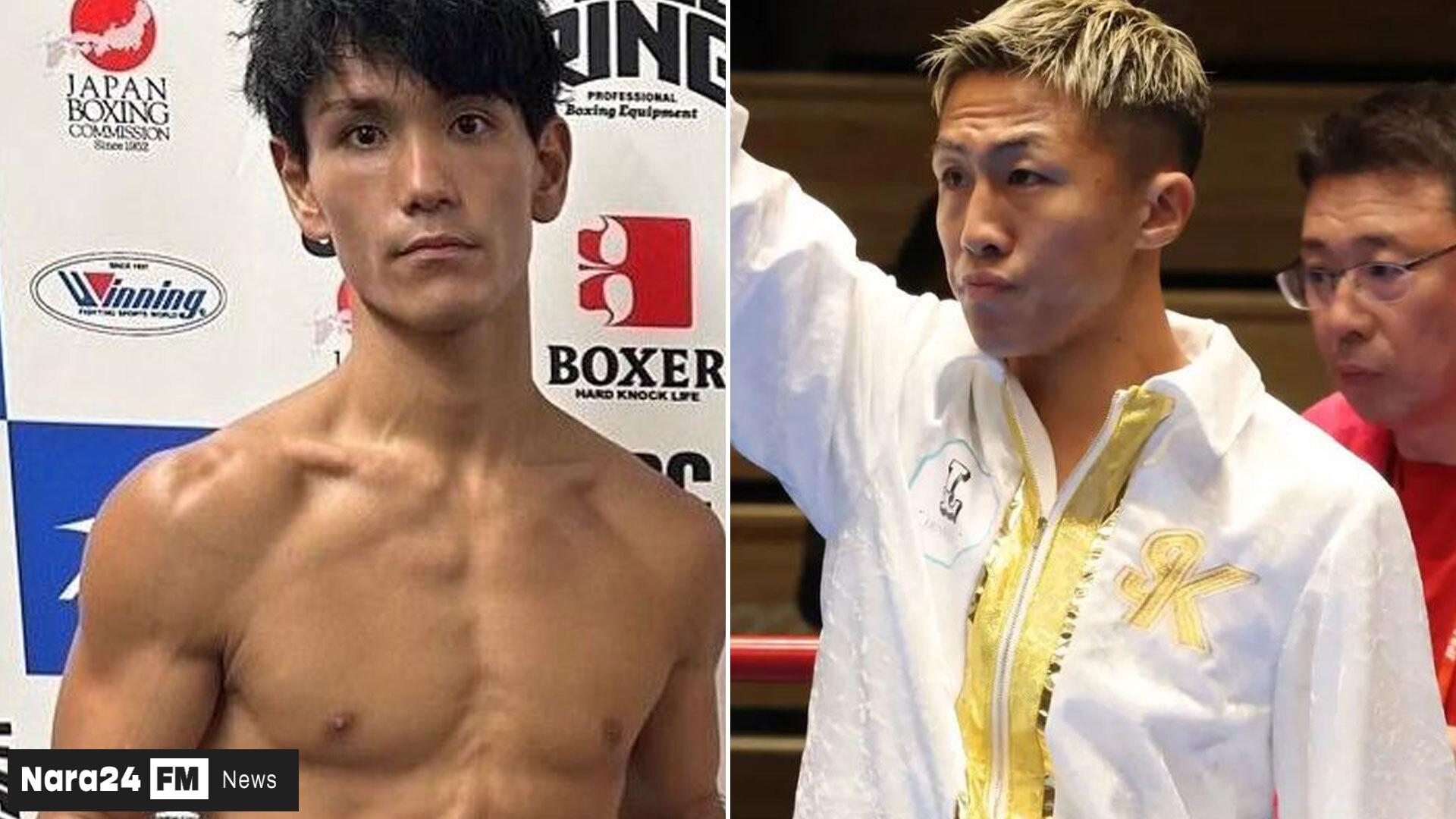
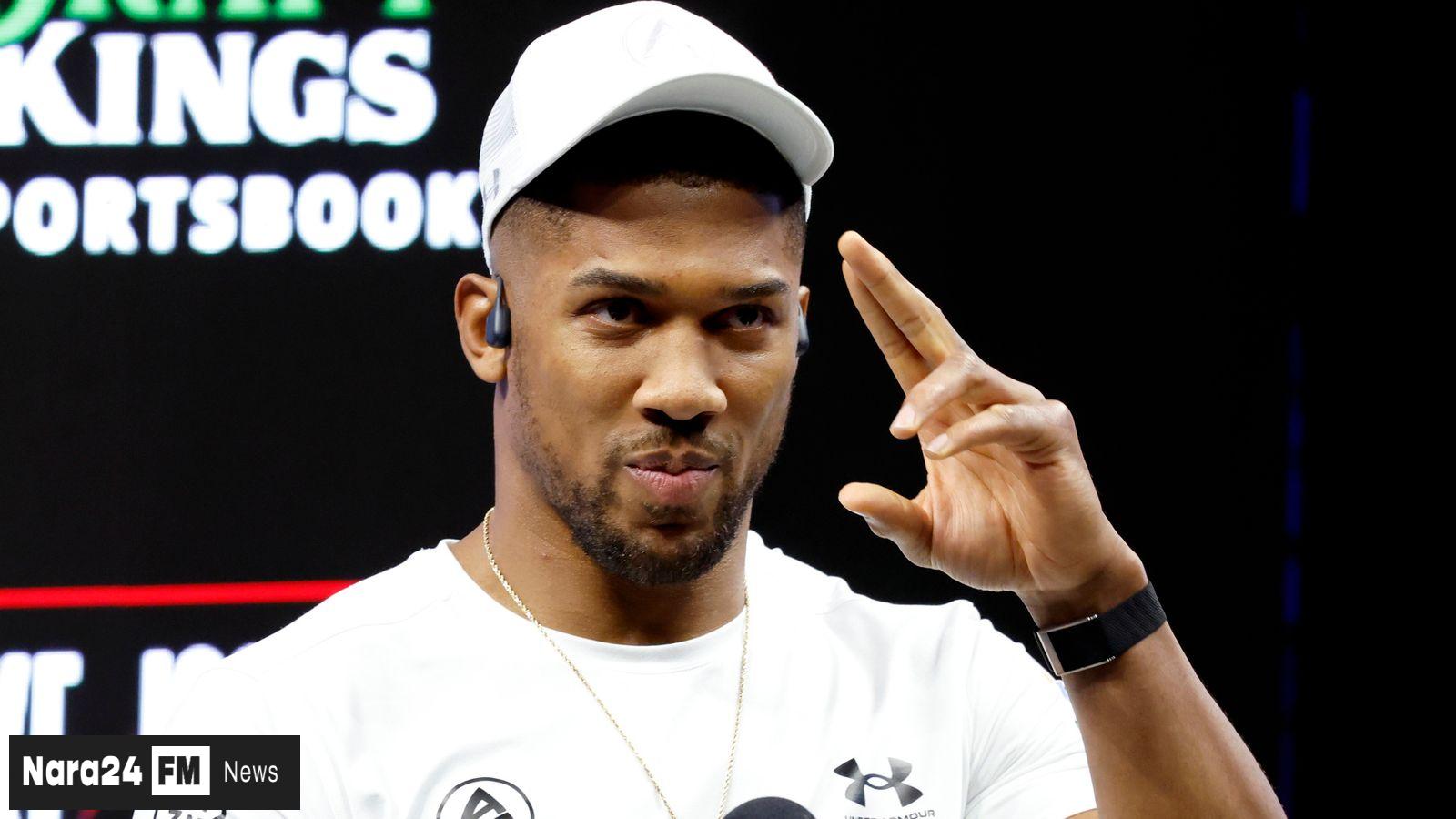
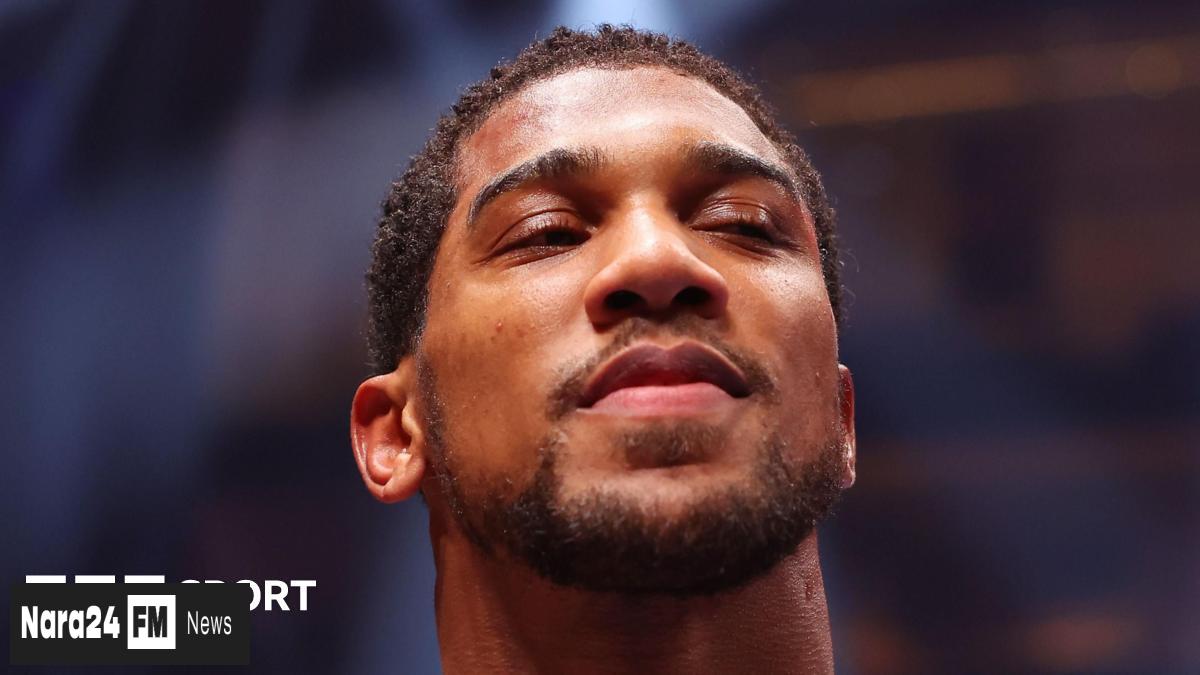
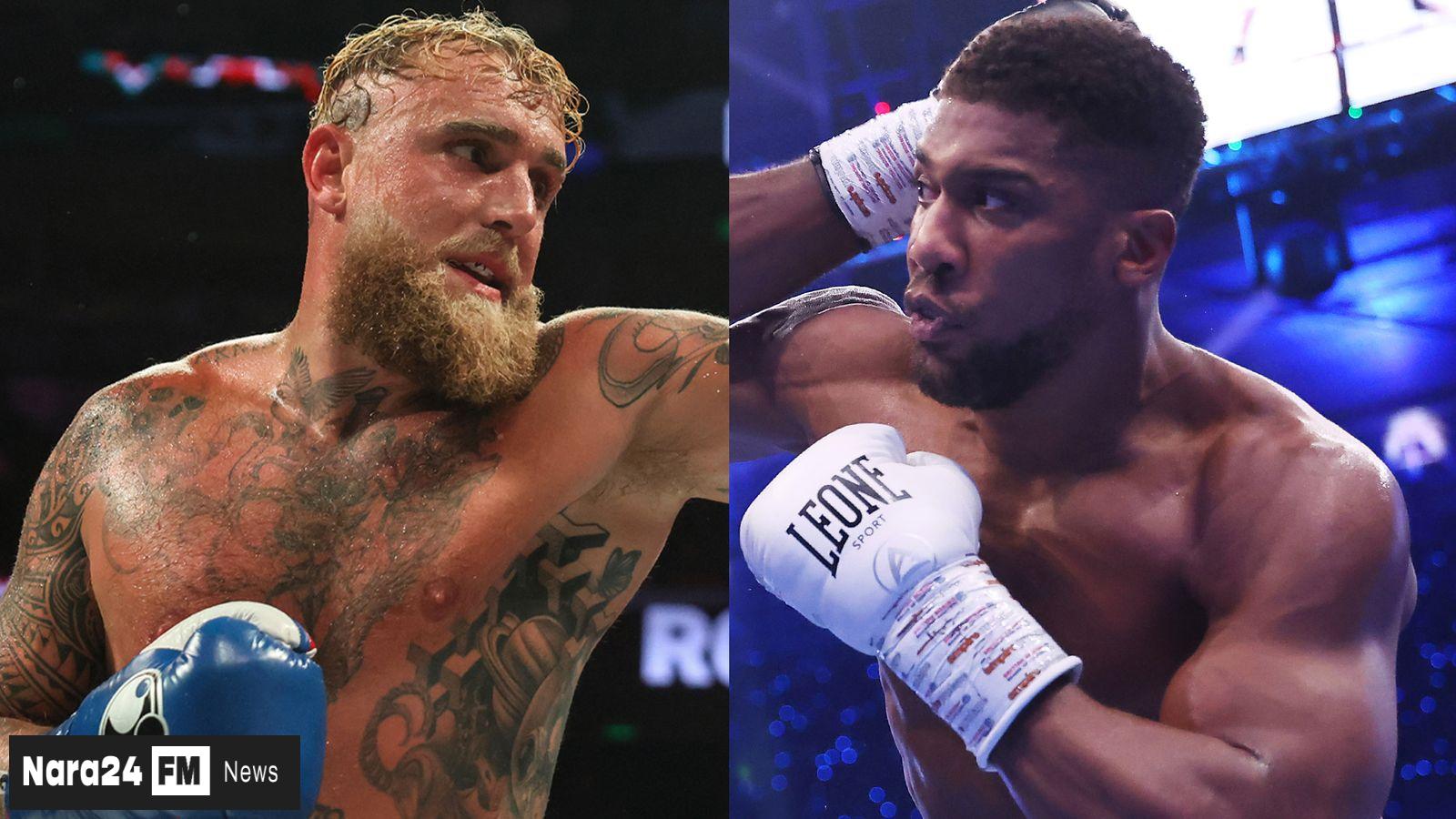

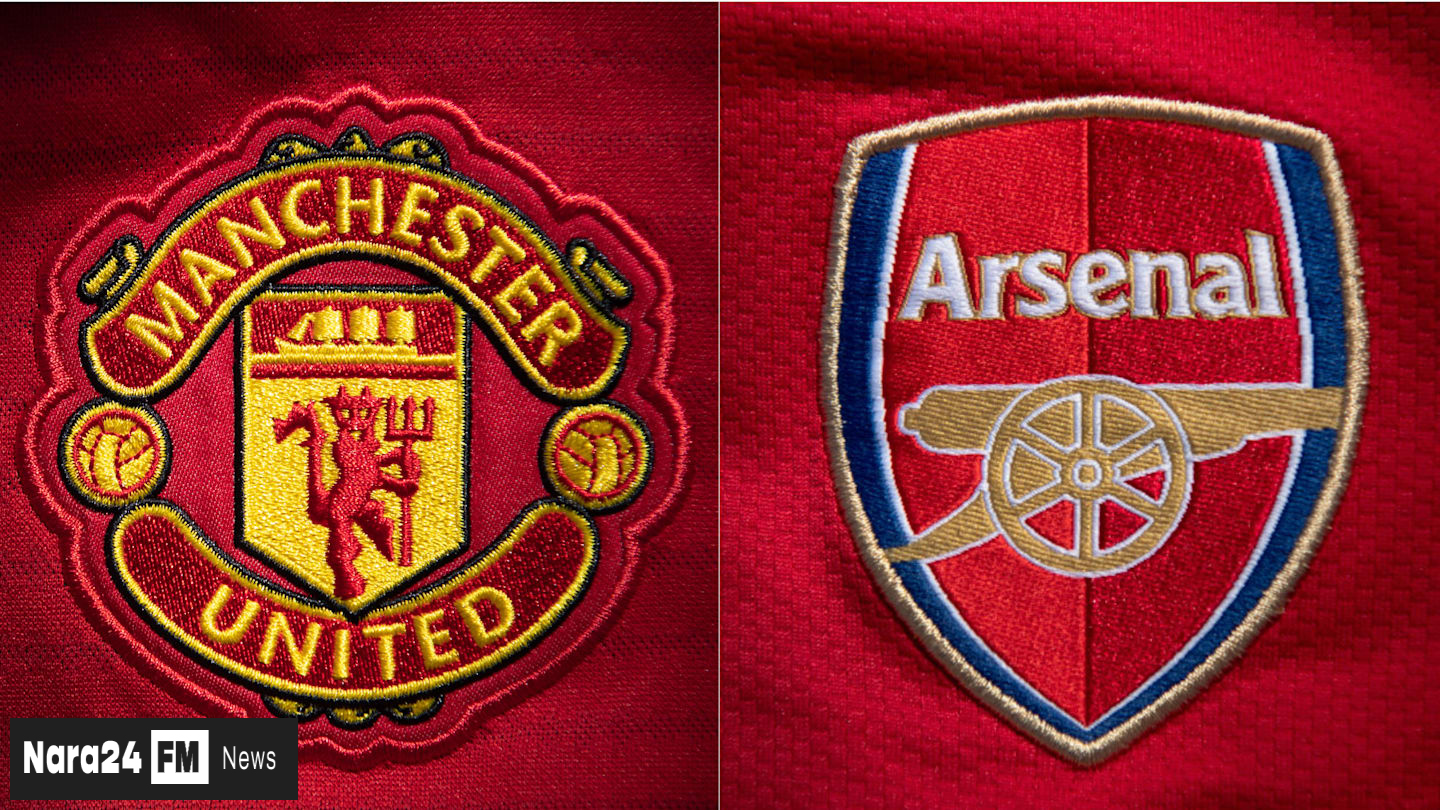


Comments (0)
Leave a Comment
Be the first to comment on this article!